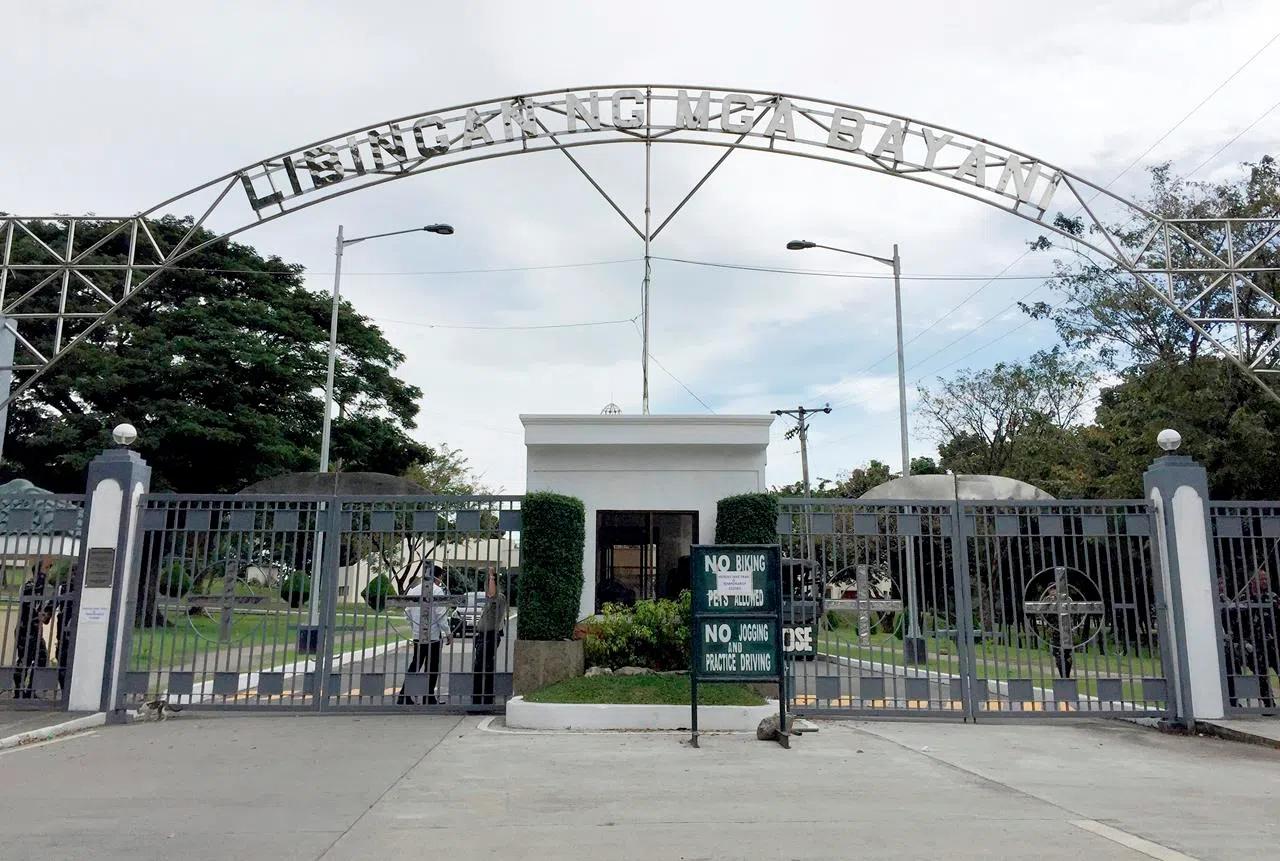
Amid protests, Philippine dictator buried at heroes cemetery
MANILA, Philippines — Long-dead former Philippine dictator Ferdinand Marcos was buried Friday at the country’s Heroes’ Cemetery in a secrecy-shrouded ceremony, a move approved by President Rodrigo Duterte that infuriated supporters of the “people power” revolt that ousted Marcos three decades ago.
Marcos’s daughter, Imee, expressed relief after her father’s interment at the heavily guarded cemetery in metropolitan Manila, which she said fulfilled his last wish. Enraged pro-democracy activists, however, stressed the decades-long debate over the ex-president’s final resting place was far from over and protested across the metropolis.
Bonifacio Ilagan, a left-wing activist who was detained and tortured during Marcos’s rule, said the dictator was buried “like a thief in the night” in a stealthy fashion similar to when he suddenly placed the country under martial rule. A lawmaker considered asking the Supreme Court to exhume the newly buried Marcos.
“It’s very much like when he declared martial law in 1972,” Ilagan told The Associated Press. “This is so Marcos style. I want to rush to the cemetery to protest this. I feel so enraged.”


